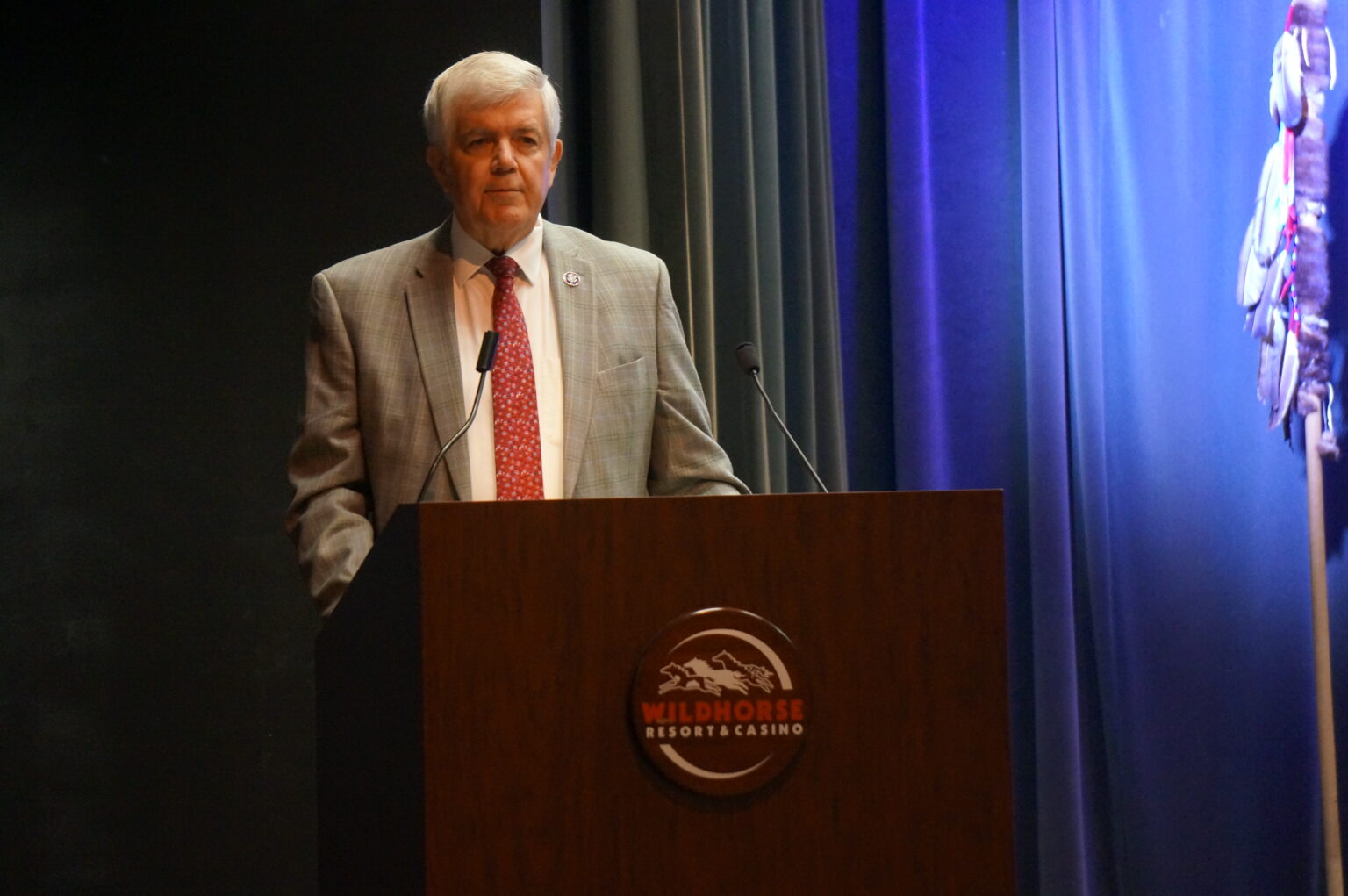EDITORIAL: ODOT’s snowplowing priorities leave Eastern Oregon out in cold
Published 11:45 am Monday, October 16, 2023
The leaders at the Oregon Department of Transportation could use a lesson in weather and geography. Especially the former.
Trending
Here in the eastern third of the state, it gets cold every winter.
Snow doesn’t merely fall, as it rarely does at ODOT headquarters in Salem, but it sticks on the highways.
And sticks around, sometimes for weeks, compressed into ice by the passage of tires.
Trending
ODOT’s snowplows and sanders spend much of their time on the road in Eastern Oregon, not parked in a lot.
Yet the state agency’s priorities for maintaining highways this winter don’t reflect these simple realities.
Although ODOT largely eschewed publicity on the topic, the agency will do less snowplowing and sanding on many secondary highways in Eastern Oregon this winter.
ODOT will focus on Interstate 84, Interstate 82 (which leads north into Washington) and U.S. Highway 20. But plowing and sanding likely will be less frequent on other highways, including important routes in Baker County such as 7 (Sumpter), 245 (Dooley Mountain), 30 (Baker to North Powder) and 203 (Medical Springs).
Agency officials blame budget woes.
This might be a compelling reason in the future, but it’s not for this coming winter.
A major source of revenue for highway maintenance — ODOT also sends a portion, as required by state law, to cities and counties for their streets and roads — is the state gas tax. The tax is 38 cents per gallon.
As the number of newer, more fuel-efficient vehicles increases, including electric vehicles, gasoline sales, and thus tax revenue, will begin to decrease.
But Oregon hasn’t reached that pivot point.
ODOT’s latest forecast predicts that gas tax revenues will start to drop in fiscal 2025, the last year of the state’s current biennium.
Matt Noble, a public affairs specialist for the agency, wrote in an email to the Baker City Herald that based on that predicted decline in gas tax revenue, and rising costs for equipment and materials (including fuel), ODOT had to cut spending by 5% for the current biennium, which started July 1, 2023. The agency trimmed the budget for services and materials by an additional 15%.
State Sen. Lynn Findley, the Republican from Vale whose district includes Baker County, isn’t satisfied with ODOT’s explanation.
He’s right to be skeptical.
Although ODOT’s projections for the trend in gas tax revenue are reasonable, and the effects of inflation are beyond dispute, Findley contends that the agency’s decision to pare plowing and sanding in Eastern Oregon reflects not a necessity but rather a priority — a choice made by agency officials.
Based on ODOT’s budget, and the minuscule portion that winter highway maintenance in Region 5 represents, Findley’s point is well taken.
“Delivery and operations,” which includes highway maintenance, makes up the majority of ODOT’s budget — about $4 billion for the current biennium.
According to ODOT’s website, the agency’s headquarters budget, which “provides leadership and management to the agency and vital services and accountability to partners and the public,” totals $54.9 million and includes $27.2 million for the Office of Equity and Civil Rights. The Finance & Budget Division has a budget of $80.7 million.
It’s hard to imagine that every one of those dollars will be used for something more important than making highways in Eastern Oregon safer for travelers this winter.
The situation is even more daunting this year due to the late August closure of the birth center at Saint Alphonsus Medical Center in Baker City. Pregnant women will need to drive outside the county for deliveries and, in some cases, for prenatal appointments. And although ODOT will focus its maintenance on Interstate 84 — the main route to the nearest hospitals, in La Grande and Ontario — for some expecting mothers the route will include sections of secondary highways where ODOT expects to cut back on maintenance. Some of those are also school bus routes.
ODOT’s budget challenges are real. And the state legislature needs to take action, possibly by increasing gas taxes or other sources of revenue for maintenance.
But winter is nearly here, and in Eastern Oregon, unlike the Willamette Valley, the turn of the season inevitably brings dangerous driving conditions.
ODOT administrators’ priorities for maintaining roads in this region constitute willful, and unnecessary, neglect.









